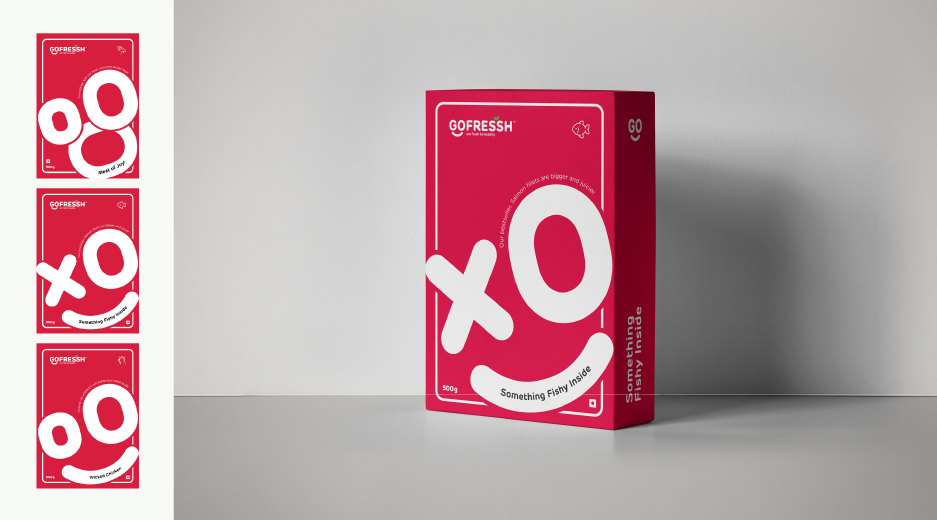
Introduction
Branding has never been static. From ancient trade symbols to today’s global logos, businesses have always relied on visuals to communicate identity and trust. But in the fast-paced digital world of 2026, branding is no longer just about a good-looking logo. It’s about creating a visual language — a system of colors, shapes, typography, and design patterns that speak consistently across platforms.
As digital interactions multiply across websites, apps, packaging, and social media, the role of visual language in branding has become more critical than ever. Let’s explore why.
What Is Visual Language in Branding?
Visual language is the complete toolkit of design elements a brand uses to communicate its personality, values, and story.
This includes:
- Colors (primary, secondary, accent palettes)
- Typography (headlines, body fonts, tone consistency)
- Shapes & Icons (geometry, illustrations, brand motifs)
- Imagery Style (photography tone, filters, compositions)
- Layouts & Grids (the invisible structure behind the design)
Unlike a logo, which is a single asset, visual language is a system that ensures brand recognition no matter where your customer sees you.
Why Visual Language Matters More in 2026
1. Fragmented Digital Ecosystem
Consumers don’t experience your brand in one place anymore. They see you on Instagram, then your website, then a mobile app, and maybe even on physical packaging. A unified visual language makes sure they recognize you instantly.
2. Rising Competition
Every industry is crowded. A strong visual identity doesn’t just differentiate you — it builds trust at first glance. Customers are more likely to choose brands that look reliable.
3. Shorter Attention Spans
In a world where users scroll past 300+ pieces of content a day, text is often ignored. Visuals speak faster. A consistent color palette or design pattern can stop the scroll and create instant recognition.
4. AI and Automation
With AI tools producing endless content, only brands with a strong, distinct visual language will stand out. Otherwise, your posts risk blending into the generic AI-generated noise.
The Business Impact of Strong Visual Language
Builds Recognition and Recall
Think of Coca-Cola red, Tiffany blue, or Google’s playful colors. Consistency creates memory anchors that keep your brand top of mind.
Enhances Trust and Professionalism
A fractured or inconsistent brand identity signals carelessness. Customers interpret consistency as reliability.
Improves Conversions
Good design isn’t decoration — it drives behavior. A well-crafted UI aligned with your brand identity improves engagement, trust, and ultimately, sales.
How to Build a Visual Language for Your Brand
- Define Brand Strategy First
A visual language must reflect your mission, audience, and personality. Start with clarity. - Create a Visual System, Not Just Assets
Build guidelines that define colors, fonts, imagery, and how they work together. - Ensure Cross-Platform Consistency
Test your identity across digital ads, social posts, packaging, and UI/UX. - Evolve, Don’t Reboot
A complete rebrand can alienate loyal customers. Instead, evolve visual elements gradually. - Leverage UI/UX and Packaging Design
Branding doesn’t stop at logos — it lives in how users interact with your website, or how they unbox your product.
The Future: Visual Language + Technology
Tomorrow’s brands will be judged not only by creativity but also by adaptability in digital environments:
- Motion Branding (animated logos, micro-interactions in apps)
- AI-Personalized Visuals (brand elements adapting to user preferences)
- Immersive Experiences (AR/VR branding in virtual spaces)
Brands that treat visual language as a living, evolving ecosystem will thrive.
Conclusion
In 2026 and beyond, a logo alone won’t cut it. Your brand needs a visual language — a complete, consistent, adaptable design system that connects every touchpoint. Businesses that invest in this now will not only survive the noise of digital content but lead it.
At Lopamudra Creative, we specialize in strategy-led design that transforms businesses into recognizable, trustworthy brands worldwide.
